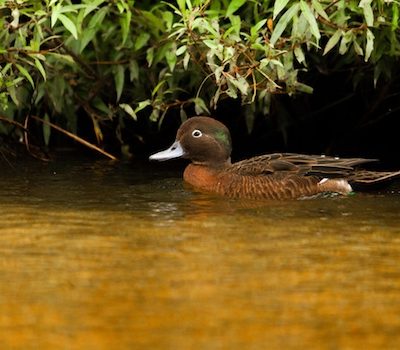
Rare ducks now call the Abel Tasman home
The Abel Tasman National Park is now playing a major role in the survival of New Zealand’s rarest duck, the pāteke / brown teal.

The Abel Tasman National Park is now playing a major role in the survival of New Zealand’s rarest duck, the pāteke / brown teal.
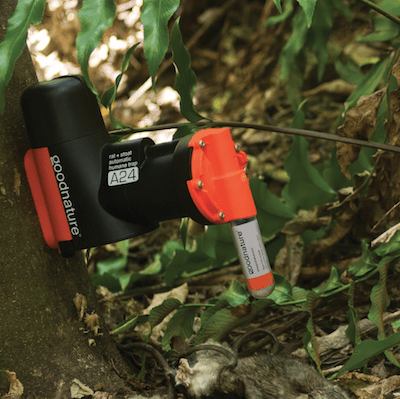
The A24 trapping networks in the park are proving to be so highly effective in keeping rat numbers down that the network of self re-setting
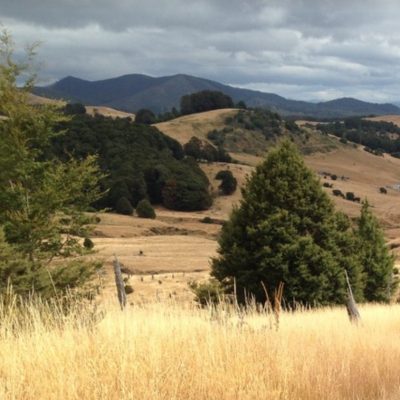
The Abel Tasman National Park experienced a substantial drought in the summer of 2018/19, with virtually no rain for nearly three months. The impact is
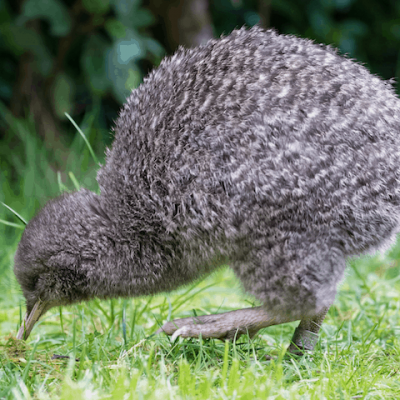
26 April 2019, Nelson Mail By Skara Bohny Kiwi could be coming back to the Abel Tasman thanks to successful predator control programmes like an upcoming aerial
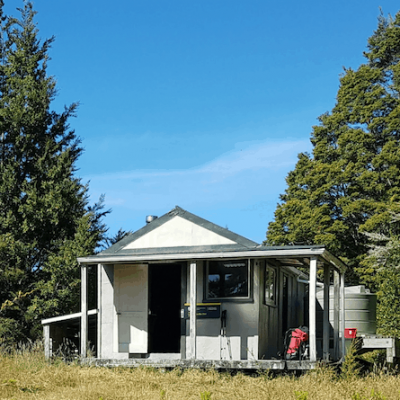
1 April 2019, Wilderness Magazine While thousands walked, kayaked and camped around the Abel Tasman coast this summer, Kathy Ombler found solitude and serenading bellbirds
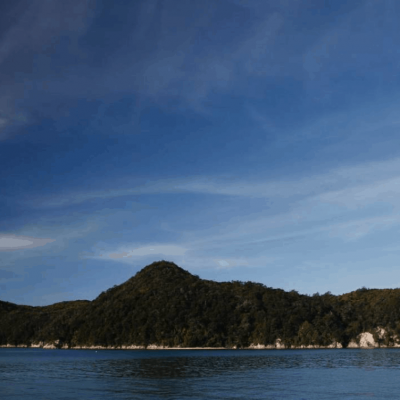
26 March 2019, Nelson Mail By Samantha Gee The islands off the coast of the Abel Tasman National Park have been declared free of predators
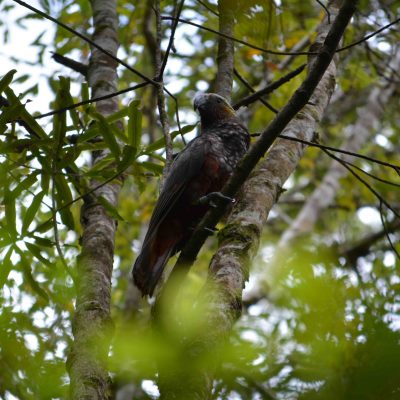
March 19 2019, Nelson Mail www.stuff.co.nz Four new kākā in the Abel Tasman National Park have boosted hopes of re-establishing a wild population. It is
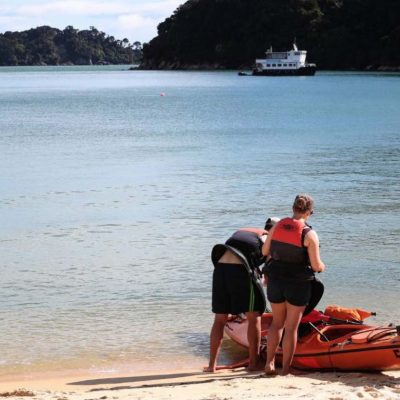
January 16 2019, Nelson Mail www.stuff.co.nz Images from Project Janszoon webcams at Anchorage and Awaroa in Abel Tasman National Park are being used to keep
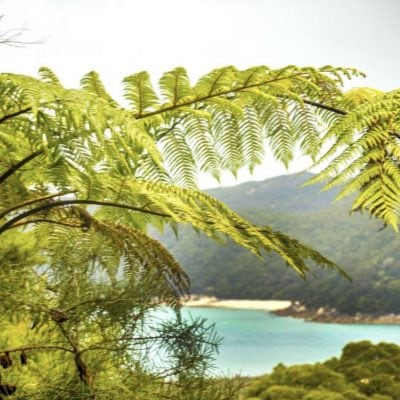
January 5 2019, by Warren Gamble www.stuff.co.nz More than 200,000 people visit the Abel Tasman National Park each year. A new book examines the natural
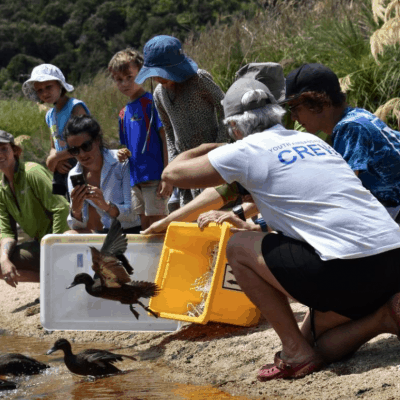
December 23 2018, Nelson Mail A bumper breeding season for pāteke has seen numbers of the rare native duck boosted in the Abel Tasman. An opportunity to increase the
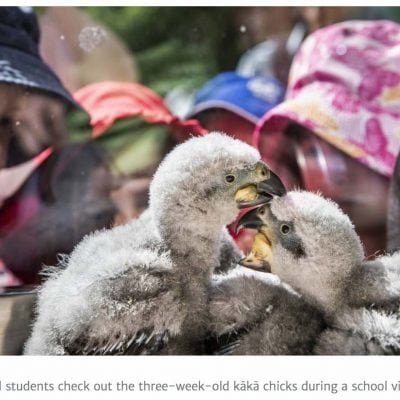
December 19 2018 by Samantha Gee www.stuff.co.nz The squeaks of young kākā chicks can be heard at Natureland, as a group are being hand-reared in a bid to boost

Abel Tasman National Park is New Zealand’s smallest national park, but it has the largest number of visitors, 250 thousand people annually. Ecologist and Project
Get notified about our latest restoration work in the Abel Tasman
